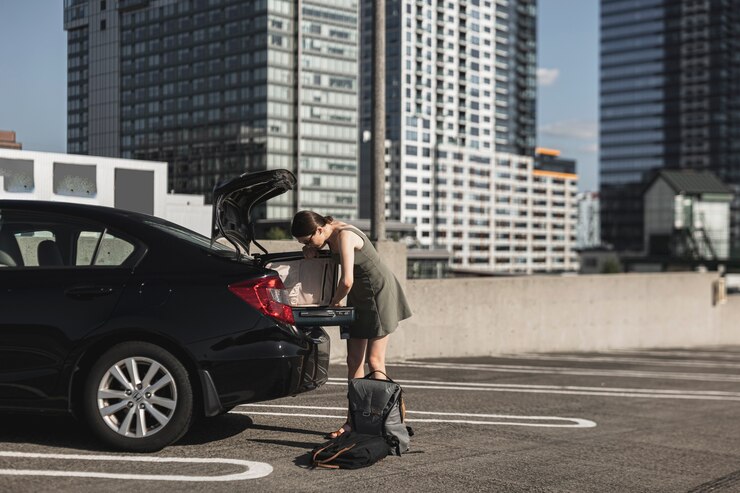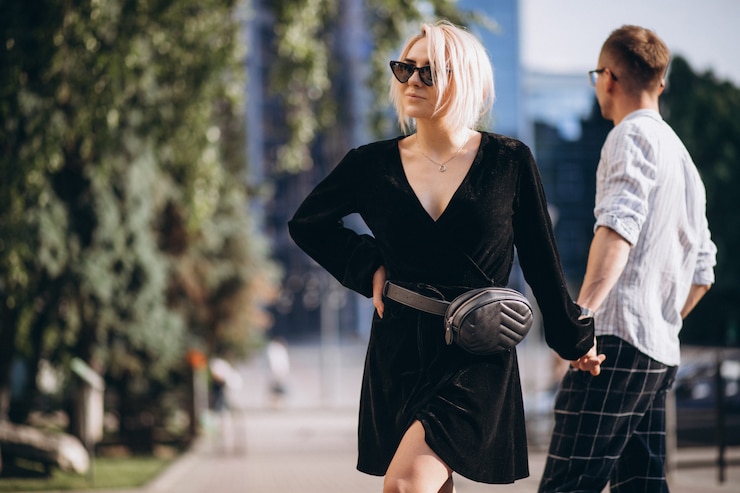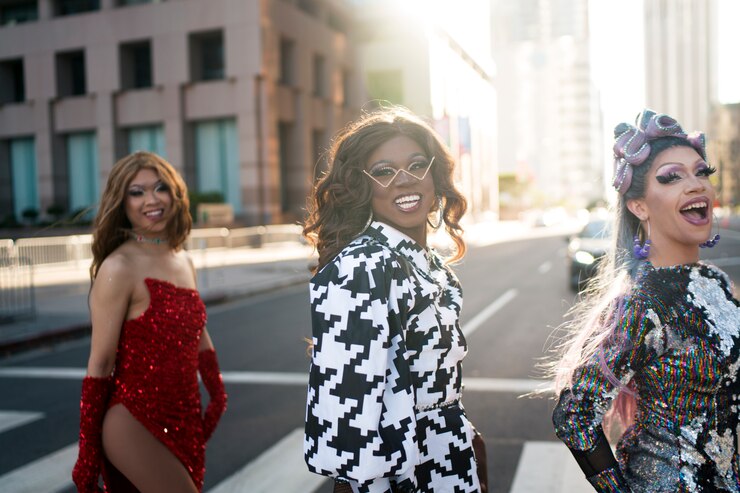
There’s a unique sense of freedom that comes with cycling down a peaceful road, the breeze in your hair and sunlight warming your face. Still, the sudden roar of a passing car can quickly shatter that serenity.
Bikes and cars must coexist on the road, but navigating busy streets can be risky without the right precautions. This guide will help you steer clear of cars and enjoy a safer ride.
Choosing the right route is key. Avoid high-traffic roads and opt for quieter side streets or dedicated bike paths whenever possible. These alternatives reduce your exposure to vehicles and let you focus on the joy of riding.
Be mindful of rush hour—typically around 8 a.m. and 5 p.m.—when traffic is heaviest. If you can, plan your rides outside these windows to minimize risk.
When avoiding peak times isn’t an option, such as during commutes or errands, prioritize safety by selecting routes with the least traffic, even if they take longer. A few extra minutes are worth the peace of mind.
Look for roads with wide shoulders—at least six feet across. These provide a buffer between you and passing cars, giving you more space to react to obstacles.
Bike lanes offer another layer of protection. These designated paths, often marked by lines or barriers, separate cyclists from vehicle traffic. However, not all bike lanes are equal—some are narrow and offer little comfort. Choose routes with bike lanes that feel safe and spacious.
Stay alert at intersections and driveways, where drivers may turn or pull out without noticing you. Slow down, make eye contact when possible, and wear bright clothing to increase visibility. If a driver doesn’t acknowledge you, wait until it’s clearly safe to proceed.
During low-visibility times like dusk or heavy traffic hours, consider indoor alternatives. Stationary trainers, rollers, or spin classes can help maintain your fitness without the risks of outdoor riding.
Trails are another excellent option. Often shared with pedestrians and other cyclists, they offer a car-free environment and scenic views. Many are located in parks or nature areas, providing a refreshing change of pace.
Gravel bikes open up even more trail possibilities, especially on unpaved paths. Their growing popularity stems from their adaptability and comfort on various surfaces.
Because cars are larger and faster, visibility is crucial. Wear reflective or brightly colored gear, and equip your bike with lights—front, rear, and side-mounted. Flashing lights, especially at night, make you more noticeable to both drivers and pedestrians.
Stick to well-lit roads after dark, and avoid unlit areas where you might be hard to see. The more visible you are, the safer your ride will be.






